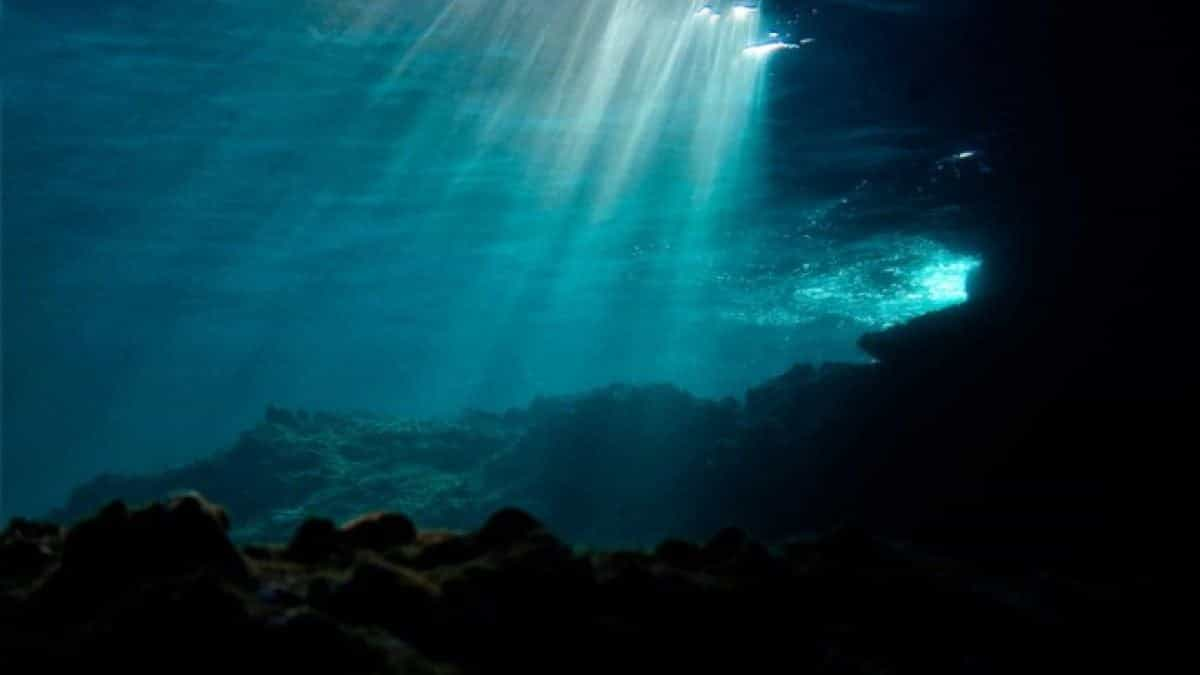Show table of content Hide table of content
In a groundbreaking discovery that challenges our understanding of deep-sea ecosystems, scientists have identified a fearsome new predator lurking in one of Earth’s most extreme environments. This remarkable creature, though small in size, exhibits predatory capabilities that have astonished marine biologists worldwide.
The mysterious predator from the ocean depths
The oceans remain Earth’s final frontier, with merely 5% of their depths thoroughly explored. These vast underwater realms continue to yield extraordinary discoveries, much like the recent findings in the Atacama Trench off the coasts of Chile and Peru. This trench, one of the world’s deepest oceanic features, houses countless unknown species awaiting scientific documentation.
In December 2024, a research expedition discovered a new species at the staggering depth of 8,000 meters. Named Dulcibella camanchaca, this crustacean resembles a shrimp but possesses remarkable adaptations that make it a formidable hunter in the extreme conditions of the hadal zone. Despite measuring only 4 centimeters in length, this creature has evolved specialized hunting mechanisms perfectly suited to its lightless environment.
The creature’s name reflects its habitat and hunting behavior, as explained by Johanna Weston, co-director of the study at the Wood Hole Oceanographic Institution: “We derived its name from the word for ‘darkness’ in Andean languages, representing the pitch-black environment where it hunts its prey.”
This discovery highlights how even the most inhospitable areas of our planet can support specialized life forms. The scientific community’s fascination with these extreme environments mirrors their interest in other planetary phenomena, such as NASA’s recent capture of the first tornado footage on Mars, demonstrating nature’s resilience across different worlds.
Evolutionary adaptations for surviving extreme pressure
The Dulcibella camanchaca exhibits extraordinary evolutionary adaptations that enable its survival in one of Earth’s most hostile environments. Its robust exoskeleton can withstand pressures approximately 800 times greater than atmospheric pressure at sea level, a biological engineering feat that protects its internal organs from being crushed.
Perhaps most impressive are the creature’s specialized prehensile appendages, which function as highly effective hunting tools. These appendages allow the predator to capture prey in complete darkness, where visual hunting strategies would be useless. Using a combination of sensitive touch receptors and possibly chemical detection systems, the Dulcibella camanchaca can locate and seize potential meals despite the pitch-black conditions.
Animals A female sea lion refuses to mate with a male, causing a fight and the closure of the zoo.
Food scarcity represents another significant challenge in this extreme habitat. The predator relies primarily on organic matter that sinks from higher ocean levels, creating a challenging food web. This limitation has likely shaped the creature’s efficient hunting strategies and metabolism, optimizing its energy use for survival.
Four specimens were captured for comprehensive scientific analysis, offering researchers unprecedented opportunities to study this remarkable adaptation to extreme conditions. Like space exploration pushing technological boundaries, deep-sea research continuously challenges our engineering capabilities, though with less public attention than ventures like Elon Musk’s controversial space initiatives.
Expanding our knowledge of deep-sea ecosystems
The discovery of Dulcibella camanchaca represents more than just another species added to taxonomic records. It provides critical insights into how life adapts to extreme conditions and broadens our understanding of deep-sea food webs and ecological interactions. Each new species identified helps scientists piece together the complex puzzle of hadal zone ecosystems.
The Atacama Trench exploration continues to yield remarkable findings, with researchers planning additional expeditions to document more unknown species. These investigations require specialized equipment capable of withstanding enormous pressure while providing reliable scientific data. The technical challenges of deep-sea exploration rival those of space missions, though they often receive less public attention and funding.
Animals A hammerhead shark crashes down from the sky in South Carolina, halting a disc golf game.
Marine biologists suggest that thousands of undiscovered species may inhabit the world’s deep ocean trenches. Many of these creatures likely possess unique adaptations that could inspire biomimetic technologies or pharmaceutical developments. The potential for scientific and industrial applications makes deep-sea exploration not merely an academic pursuit but potentially valuable for technological advancement.
The study of these extreme environments also offers perspective on potential extraterrestrial life forms. If organisms can adapt to Earth’s most extreme conditions, similar adaptations might occur on other celestial bodies with harsh environments. This connection between deep-sea and space exploration underscores the importance of studying Earth’s final frontiers.
The future of deep-sea exploration
The identification of this new predator highlights how much remains undiscovered in our oceans. With technological advancements improving deep-sea exploration capabilities, scientists anticipate accelerated discovery rates in coming years. Improved submersibles, remotely operated vehicles, and innovative sampling techniques will likely reveal more astonishing creatures from these mysterious depths.
Climate change and human activities increasingly threaten even these remote ecosystems. Ocean acidification, temperature changes, and deep-sea mining pose potential risks to species like Dulcibella camanchaca before we fully understand their ecological roles. This reality underscores the urgency of continued exploration and documentation efforts.
Animals A wild elephant enters a convenience store and raids the food aisle.
International collaboration among oceanographic institutions will be crucial for comprehensive exploration of deep-sea trenches. The significant costs and technological requirements of such expeditions necessitate pooled resources and expertise. The scientific community recognizes that these collaborative approaches offer the best hope for uncovering the secrets of Earth’s final frontier.
As we venture deeper into Earth’s oceans, we continue to discover remarkable adaptations that challenge our understanding of life’s possibilities. Each new species, particularly predators like Dulcibella camanchaca, reveals nature’s extraordinary capacity for creating specialized solutions to seemingly impossible environmental challenges.



C- article. If you aren’t going to post a picture of it at least you could give a description of this “terrifying” 1″ creature. That was not your reason for writing this article though, was it.
You were just looki g for a way to force “global warming” religion on to the reader. Try harder. Are you reslly a journalist?